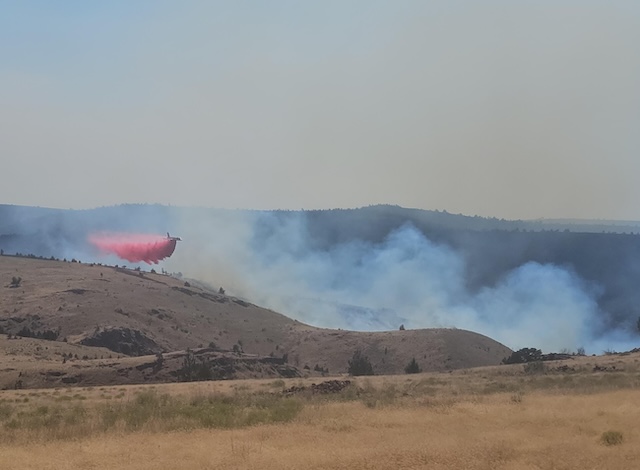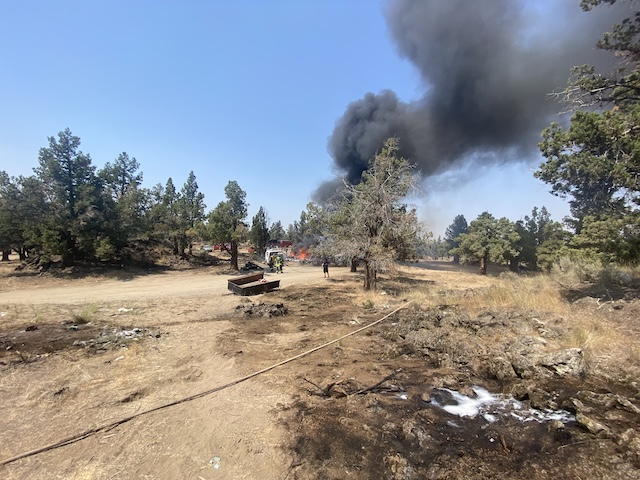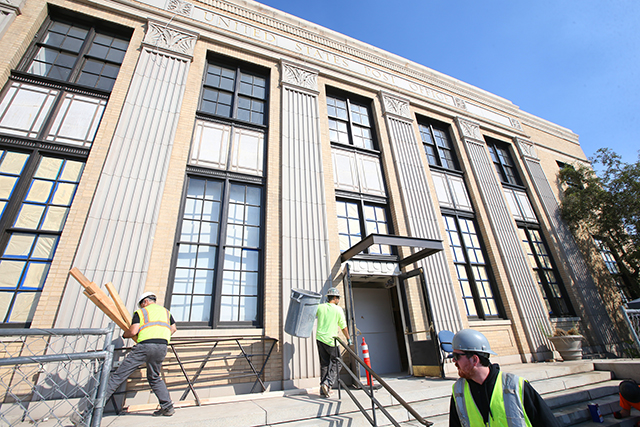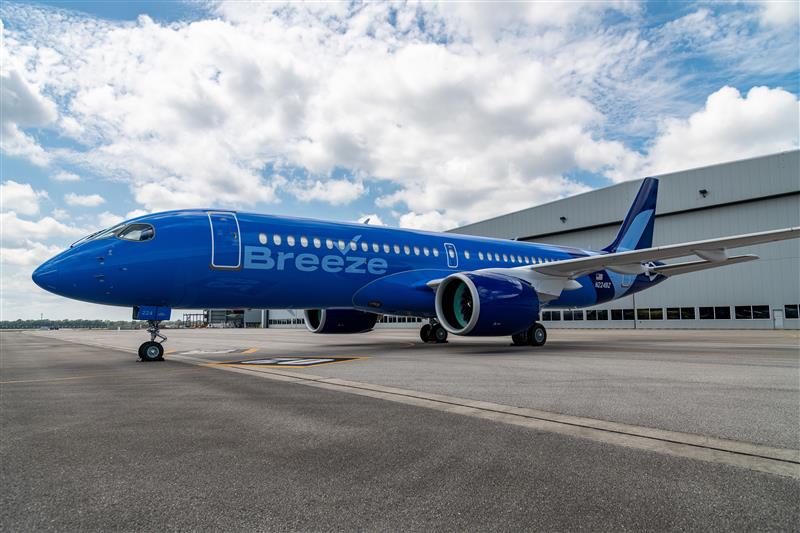7 ways to beat a flight delay
Published 5:00 am Sunday, August 11, 2013
For frequent travelers, this has been a miserable summer of flight delays and cancellations. In the past few weeks alone, I’ve been stuck in Austin, Texas; Aspen, Colo.; Denver; Boston; and Toronto. I’ve spent my downtime at various airports chatting up agents, crew and other staff. While some of the problem is related to weather, it turns out that there are lots of other reasons for delays, from computer crashes to shoddy equipment to untrained staff. While you can’t force a plane to take off in a lightening storm, I now know that there are ways to game the system.
You may not always be in a situation where a 90-minute delay is a problem. But if you must make a connecting flight — or if you really do need to get home or to your meeting on time — the following tips might come in handy.
Trending
1. Plan to take the earliest flight of the day whenever possible.
Why this matters: This may seem obvious, but it’s worth repeating. Bad weather, computer glitches and other mishaps can affect thousands of flights well after the initial event. If you’re flying out of an airport that’s notorious for weather delays, get the earliest flight out you can and plan on a longer layover at your connecting airport. It’s a far better situation to have several possible later flights home rather than just one.
2. Never check luggage unless it’s absolutely necessary.
Why this matters: If your flight is delayed or you miss a connection, the agents will not book you on a different flight. If the weather gets bad, agents are far more likely to try to squeeze you on an earlier flight if you haven’t checked luggage. If your itinerary includes a smaller aircraft, keep the size of your carry-on bag in mind. Smaller planes can’t accommodate suitcases, which means you’ll have to gate check — and depending on the airport, that might mean retrieving your suitcase at baggage claim, which could cost you additional time.
3. Six hours before your flight, go to this website: www.fly.faa.gov/flyfaa/usmap.jsp.
It is the FAA map of the general takeoff status at airports. It won’t tell you if your specific flight is delayed, but if you notice that flights seem to be running 30 plus minutes behind, I recommend you get to the airport ASAP. You can do a secondary check by going to Google or TripIt and entering your specific flight number, but that’s only going to tell you if your particular flight is delayed. It’s possible that there may be a mechanical issue on your flight in its previous city, or bad weather coming in, but you won’t get a delay notice. At this point, you’re trying to spot trends. You can go to your airline’s page to troll for early indicators, too, but you’ll get varying results. United and Delta are sometimes good, Southwest is mostly bad.
Trending
Why this matters: If you’re seeing more than one delay at your airport that’s 30 minutes or more, that means there’s some kind of weather delay that will likely impact your flight, too. Even if you don’t see bad weather where you are, that doesn’t mean you’re in the clear. New FAA regulations and airline procedures mean that you’ll now see incremental delays — first 10 minutes, then 30, then another 30, etc. — rather than a definitive delay of two hours. Note: Even if you do have a delay, you still need to be at the airport. They may reverse the delay without telling you quickly enough, and you could wind up taking off on time or even a few minutes early.
4. If your flight is delayed, get to a front counter agent as soon as humanly possible and petition to get on an earlier flight or on standby for a plane that’s on the ground and ready to go.
Find out which airplanes are currently on the ground. Try to get on one of them — change your ticket or get on standby. If you need to get home or make a connection, pay the additional fee. Once again, remember not to check your bag. Do not wait for your airplane to be fixed or wait for an inbound flight to arrive. Just switch. Don’t make chit-chat with the agent. Be friendly, but tell him/her that you’re not going to make your connecting flight. Empathize with his/her situation as a frustrated counter person, but remember that you’re not there to make friends. Express a sense of urgency and sound convincing. You must get on the standby list at the outside counter before you get to the gate, when it will be too late. If the agent isn’t providing you with much help, get to a first-class lounge inside.
Why this matters: When there’s any delay — weather, mechanical or otherwise — your goal is to get onto whatever plane is currently at the airport and has a crew.
5. Get through TSA as fast as possible. Your goal is to get to the gate.
Get in a line without kids, people moving slowly or people with medical devices of any kind. Avoid people who look like they probably don’t travel often. Follow men/women in suits or people who’ve already taken their laptops out of their bags: Chances are good they will be motivated to move quickly, like you. Do not take your plastic bag of liquids out of your suitcase. Very few airports enforce this rule, and it’ll slow you down. (This doesn’t apply at MIA and FLL.) Do take out your laptop. Take the stuff out of your pockets, take off your shoes, take off whatever jacket or sweater you’re wearing. This means to dress in layers and be willing to strip down to a tank top or T-shirt.
Why this matters: You can do a great job getting all the way to TSA only to be thwarted by passengers who don’t know what they’re doing. And while TSA doesn’t seem to care about those precious plastic baggies, they will stop and frisk you if you’re wearing bulky clothing. TSA can slow you down immensely, so try to make the process easier.
6. If your flight is late, introduce yourself to the gate agent.
Ask if the delay is mechanical, weather or “irregular operations.” If applicable: Remind the agent that you should be first on the standby list — even if you aren’t, play dumb and desperate.
Why this matters: This will let the gate agent know that you know how things work, and she will be more likely to give you more information, which you will need to make decisions going forward.
7. If the gate agent isn’t being helpful, find the nearest lounge.
This will only work for a travel lounge that’s for your airline (United First Class lounge, for example).
Why this matters: The agents in the lounge are less busy — and let’s face it, less stressed — than the agents dealing with angry travelers outside. They also sometimes have additional tools to help premium passengers get onto flights. In the U.S., a first-class ticket alone won’t gain you access, but if you’re a frequent traveler, chances are good you already have a card in your wallet that will help. For example, Amtrak’s Select Executive will get you into United’s First Class lounge, even if you’re flying coach. You can also ask the lounge agents if they have a day pass option. The $50 it might cost you to buy a day pass could pay for itself when the lounge agent gets you onto an earlier flight with no change fee. I recommend mapping out airport lounges before you leave for your trip.








